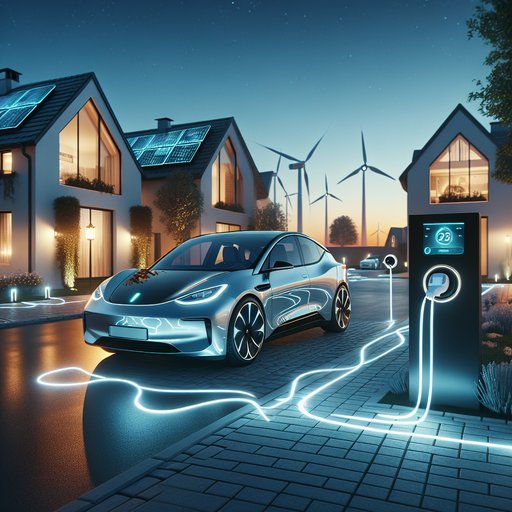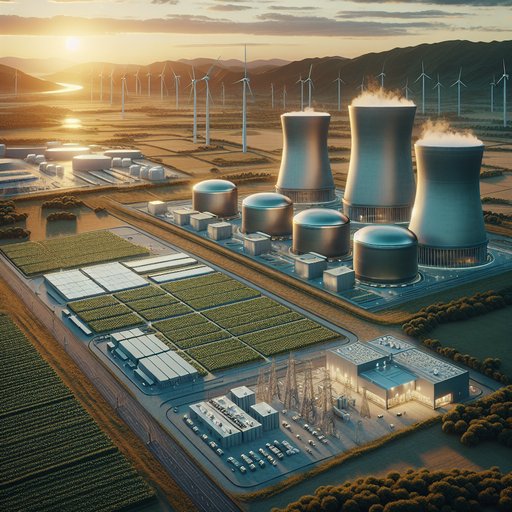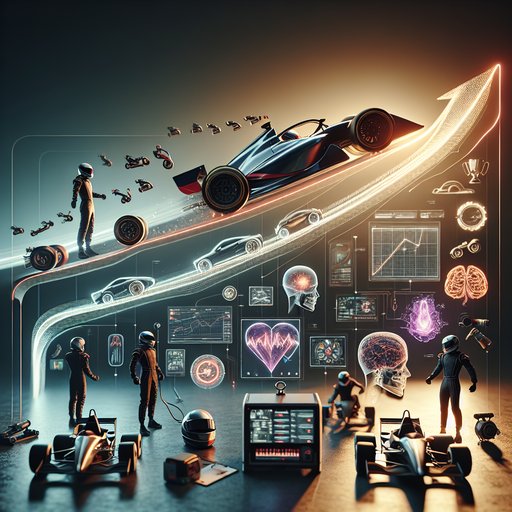
In a significant development for global climate action, China has reported a 1% reduction in carbon dioxide emissions during the first half of 2025, driven primarily by record growth in solar energy installations [1]. This progress comes as Europe faces criticism for environmental policy reversals, highlighting the complex dynamics of international climate efforts.

Electric vehicles are quietly acquiring a second identity: mobile batteries that can feed electricity back to homes, businesses, and the wider grid. Vehicle-to-grid technology, enabled by bidirectional charging and smart software, allows parked EVs to supply power during peak demand, smooth volatility from renewables, and improve grid resilience. As electrification accelerates and renewable generation grows, this flexible storage—distributed across driveways and depots—offers a practical way to balance supply and demand without building entirely new power stations.

Small modular reactors (SMRs) and next‑generation nuclear technologies are moving from concept to concrete as countries seek firm, low‑carbon power that complements wind and solar. Their appeal is pragmatic: modular construction that aims to shorten schedules, designs that emphasize passive safety, and the ability to serve not only grids but also industry, heat networks, and remote communities. At the same time, developers and regulators are tackling long‑standing concerns about accidents and spent fuel by redesigning cores, fuels, and systems, and by advancing repositories. The result is a nuclear resurgence that is more flexible, more transparent, and better aligned with the demands of a modern, decarbonized energy system.

Becoming a Formula 1 driver is no longer a tale of raw talent alone; it is a carefully engineered journey that blends karting fundamentals, a structured ladder of single‑seater series, elite simulator work, and cutting‑edge sports science. With in‑season testing tightly restricted, teams rely on virtual development and data‑driven coaching to accelerate learning, while athletes train like endurance sprinters to withstand the forces and heat of a modern Grand Prix. Mental preparation underpins it all, from managing complex car systems to thriving under constant scrutiny. This is the contemporary blueprint that molds young racers into complete competitors ready for motorsport’s highest level.